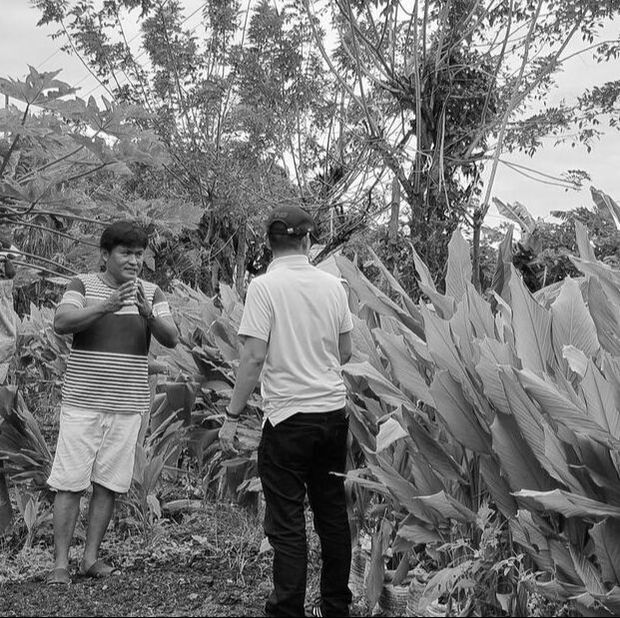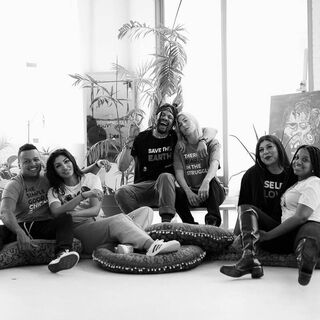Corporate StrategyWith a more responsive strategy, decisions around competitive advantage, planning, and managing long-term goals withstand the changing economy.
Strategy Formation
Develop a responsive strategy for lasting outcomes.
Strategic Planning
Build a reliable plan the team can understand and act on.
Goal Management
Respond to change by measuring and updating goals regularly.
|
Organization StrategyBy aligning the way teams interact, learn, and make decisions with the company's identity and long-term goals, teams know their role and why it matters.
Organization Design
Align teams' behaviors with the mission, vision, and values.
Organization Structure
Reduce complexity, sharpen focus, and define clear roles.
People Strategy
Attract and retain the right people and help them grow.
|
Let's start by mapping out your current strategy on one page.
What is Adaptive Strategy?
The old "set it and forget it" approach to strategy no longer serves teams in a fast-changing world. It rarely helps leaders make better decisions or communicate clear next steps that drive teams towards action.
Adaptive Strategy is an iterative strategy formation process that positions teams to weigh long-term trade offs over time. It better prepares teams to respond to changing market conditions by helping them evaluate potential changes to long-term goals or key resources on the fly. Our approach to Adaptive Strategy incorporates the best parts of Human-Centered Design, Organizational Psychology, and Agile Principles, so that our clients’ strategies are not only responsive, but also build trust and engagement among their teams.
Adaptive Strategy is an iterative strategy formation process that positions teams to weigh long-term trade offs over time. It better prepares teams to respond to changing market conditions by helping them evaluate potential changes to long-term goals or key resources on the fly. Our approach to Adaptive Strategy incorporates the best parts of Human-Centered Design, Organizational Psychology, and Agile Principles, so that our clients’ strategies are not only responsive, but also build trust and engagement among their teams.
|
Human-Centered Design
Empathy and trust help teams safely confront biases, explore the root causes of gaps, and form more creative solutions. |
Organizational Psychology
Understand how people in a work setting become effective, fulfilled, and rewarded and implement practical solutions to organizational challenges. |
Agile Principles
Build lasting solutions through iteration that focus on client outcomes, reduce complexity, and withstand the reality of a changing environment. |
PathwaysLearn more about PathwaysTM, our in-house web app for Adaptive Strategy.
|
|
Client Success Stories
Read about how these organizations pursued transformative change.
|
Partners Worldwide
Organizing a global team to support one million entrepreneurs. |
|
|
How does an engagement work?
Engagements typically last three to six months and start by understanding the situation fully, developing a solution, and then rolling out the solution.
1. DiagnosisIn order to make wise strategic decisions, we start by revealing deep, often hidden truths to help teams see the whole playing field through multiple diverse perspectives.
|
2. Solution DesignOnce an opportunity or challenge is fully understood, we co-create new strategies and propose changes to the organization's context to influence team behaviors.
|
3. ImplementationLastly, we help the team communicate and carry out the changes required to manage a new strategy or adopt a new structure.
|





